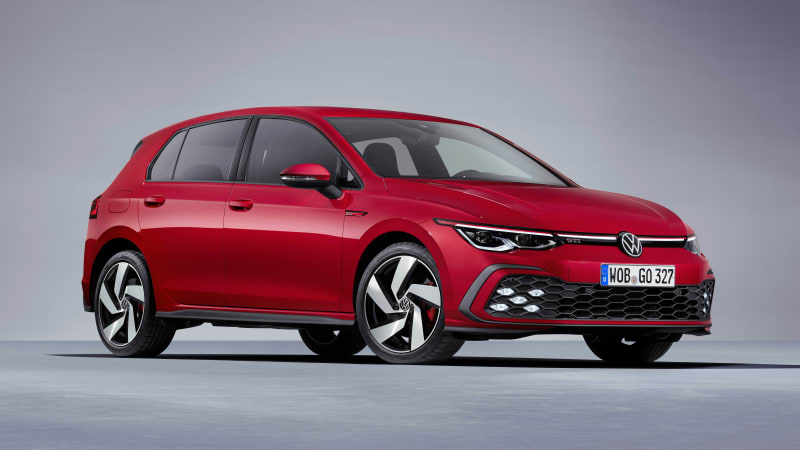VW explains why the new Golf GTI still has a stick and isn’t a hybrid
https://ift.tt/2LbYN6A

Volkswagen’s new Golf GTI should have been one of the stars of the canceled 2020 Geneva Motor Show. We couldn’t check it out in person as planned, and we still haven’t seen it in the metal, but we caught up with some of the engineers and designers who created it to get insight into its development.
Many enthusiasts hold the decades-old GTI formula sacred, so designing a new model requires improving it without diluting the final product or significantly changing the ingredients. That’s where heritage comes in.
“Of course, there are some dos and don’ts, but they don’t act as a constraint. After looking back at seven generations of the Golf GTI, you have a good idea of what the design of a successor should look like,” Klaus Bischoff, the Volkswagen Group’s head of design, told Autoblog.
Defining traits like the red accents inside and out, the plaid upholstery on the seats, and the golfball-shaped shift knob for the manual transmission are accounted for in the new model. That’s not to say it’s old-school; like the new Golf it’s based on, it’s much more digital than its predecessor. Screens take up more real estate on the dashboard than in the outgoing model, for example, and there are touch-sensitive surfaces on the steering wheel.
Power comes from a 2.0-liter four-cylinder engine that delivers 241 horsepower and 273 pound-feet of torque, increases of 13 and 15, respectively, over the seventh-generation GTI. The four-cylinder is once again turbocharged, to no one’s surprise, but the rumors claiming it would gain mild hybrid technology were false.
“For the GTI, you do not really need the extra low-end torque of an electric motor,” said a spokesman. He added enthusiasts seeking an electrified hot hatch can look at the plug-in hybrid GTE, which offers the same amount of horsepower as the GTI but more torque (295 pound-feet) in a heavier package. The catch is that Autoblog learned there are absolutely no plans to sell the GTE on our side of the pond.
Front-wheel drive and a six-speed transmission come standard, and a seven-speed automatic gearbox is offered at an extra cost. Although the number of American buyers asking for a stick is shrinking, and electric vehicles outsold vehicles with three pedals in 2019, Volkswagen told us the GTI has proven it bucks that trend.
“In general, the higher the power, the lower the demand for a manual transmission. In the Golf GTI’s case, we do still see a demand for a manual transmission,” the firm explained. That’s good news for the give-a-shift crowd.
The next GTI will arrive with a turbo four and a stick, then, but there’s more to it than that. Changes made to the hatchback’s chassis make it sharper to drive than the outgoing model, and electronic wizardry comes into play, too. Volkswagen pointed to a new control system named simply Vehicle Dynamics Manager that simultaneously controls the electronic differential lock and the lateral dynamic components of the adaptive suspension to, in the company’s words, “increase the spread between maximum comfort and maximum dynamics.”
This bodes well for the next-generation Golf GTI, which is tentatively due out in the second half of 2020. We’ll need to wait until we have the opportunity to get behind the wheel to see what it means on a twisty road.
Related Video:
Auto Blog
via Autoblog https://ift.tt/1afPJWx
May 7, 2020 at 08:40AM
